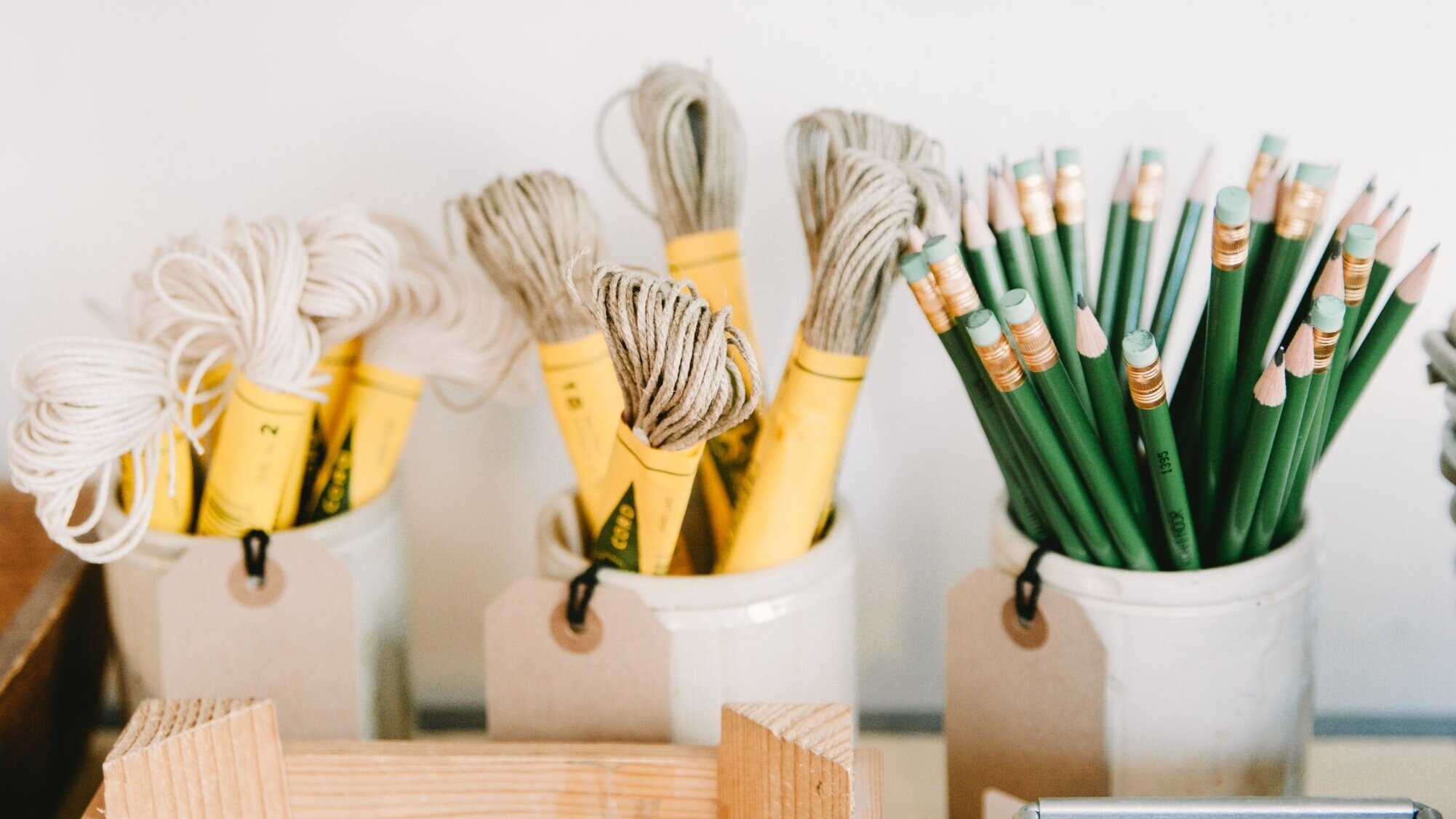Why I hate acronyms: A visitor’s guide to classroom decor.
The first thing I look at when I walk into a classroom might surprise you. It’s not the students or the work on their desks. It’s not even the teacher or the board. It’s the walls.
I can’t help myself. I’m so interested in the silent ways that teachers communicate to their students. Having seen many classrooms in my time working at a school, I think I have some good advice for parents looking at schools for their children.
Let me start with my pet peeve: acronyms.
Now, I have to give a disclaimer because someone, somewhere, is a teacher reading this thinking about the acronyms they have in their classroom. I’ll clarify and say that I don’t mind one or two acronyms relevant to learning. My pet peeve is when there are 5, 10, or 15 different acronyms staring down at me. I think they are meant to serve as reminders for processes and procedures, but there are simply too many to try to remember. We can’t have an acronym for everything. We just can’t.
“...What we surround ourselves with matters.
What we consume impacts us more than we know.”
That said, the most common problem I find in classrooms is decoration overload. If my eyes don’t know where to look when I enter a classroom, how will I focus on what the teacher is teaching?
Now you might be thinking to yourself, “Megan, what’s the big deal? Who cares if there are too many posters?” It matters because if there is any place to be intentional about this stuff - it’s the classroom. Here is one of the only places you’ll hear me agree with modern culture's messaging: what we surround ourselves with matters. What we consume impacts us more than we know.
So, below are 3 simple questions you can ask yourself as you walk into any classroom:
1. Do the walls have white space?
I appreciate a classroom that has decoration, but the classrooms I find most appealing are the ones that keep it simple. When there is white space, I can focus on the few intentional pieces of decoration displayed. More importantly, I’m not distracted by my desire to read everything around me and can actually listen to what the teacher is saying at the front of the class.
Next time you’re touring a school, take a moment to note how you feel when you walk in. Do you feel overstimulated and bombarded? Or do you feel delighted and inspired?
2. Does the decor have a purpose? Is it relevant?
No matter the number of decorations you see in a classroom, they should all be relevant to learning. I believe that each piece in a classroom should have a purpose. It’s kind of like Marie Kando’s “Tidying Up” philosophy (see Netflix if you don’t know what I’m talking about). She says that everything you own should spark joy. Well, everything in a classroom should spark learning and focus. If it doesn’t - toss it!
If a large part of the 4th grade curriculum covers the American Revolution and the early years of the Union, I would expect and be delighted to see some artwork featuring the founders, posters about the Boston tea party, or a timeline of events. What I would hope NOT to see is anything featuring cats with motivational phrases or pop culture memes. In fact, I’m fairly certain that motivational cats have no place in any classroom.
3. Does it allow neatness and order?
Kids come with a lot of stuff. There are coats and boots, backpacks and lunch bags, mittens and water bottles, etc. In a classroom of 30-ish students, the amount of stuff can add up quickly. Classrooms should provide a method of organization both for these items as well as classroom supplies. This doesn’t have to mean fancy cubbies and extensive organizational units. A system of organization does not need to be expensive to be effective. It does, however, need to be intentional.
A clean and tidy classroom makes for better, more focused learners.
Think about your own space at home - like your kitchen. Is making dinner an easier, more enjoyable task in a clean and orderly kitchen? I’m guessing if you’re anything like me, the answer is yes. Not that I cook. I’m more of a baker.



